The Unstable Shoulder
Aug 22, 2019Scott D. Kuiper, M.D.
Shoulder instability is a common problem, which affects about two percent of the population. It can be a disabling condition if not treated appropriately. The primary function of the shoulder is to position the hand in space. Accordingly, the shoulder is a joint built for mobility. The socket (glenoid) on which the ball (humeral head) rotates is extremely flat. Stability is provided by soft tissues, which surround the joint including the glenoid labrum, glenohumeral ligaments, and rotator cuff muscles. The glenoid labrum is a fibrocartilage structure that surrounds the socket and adds depth and surface area to the socket. The glenohumeral ligaments are thick bands of tissue that help the humeral head remain stable and centered on the glenoid throughout various ranges of motion. The rotator cuff muscles act as dynamic stabilizers by compressing the humeral head into the glenoid during movement.
Occasionally during work, sport or other activities the arm is placed in a position where the stabilizers of the shoulder can be overloaded. This can occur with a fall on the outstretched hand or shoulder, or with traction injuries. These types of injuries can tear the supporting tissues off the glenoid and leave the shoulder in an unstable condition. If the forces are great enough, the ball will dislocate out of the socket. The shoulder can also be injured through repetitive use. We have a number of athletes who present with symptoms of a loose shoulder secondary to overuse. These include baseball players, volleyball players, swimmers and gymnasts. When the arm is brought through repetitive ranges of motion, the rotator cuff muscles act dynamic stabilizers. If the muscles become overloaded and weak, they lose their protective function and stretching of the capsule and glenohumeral ligaments occurs. The instability that results can lead to additional injuries to the rotator cuff tendons and labral tissues.
Patients who present to our office with glenohumeral instability have a variety of complaints. The most common complaint is pain with activity. Pain is present when they move their shoulder in various positions. They also describe symptoms of looseness, slipping, popping, grinding or clicking. These symptoms usually relate to the ball moving excessively. The natural history of traumatic shoulder dislocations is that recurrence can be expected in a high percentage of patients, (80 percent) if the initial dislocation occurs at age 20 or younger. The recurrence rate goes down to 20 percent if the initial dislocation is at 40 years of age or older. Disability is increased if the dominant extremity is involved, and if the patient is highly active with recreational activities, sports or overhead work.
At the Louisville Orthopaedic Clinic, advanced, minimally invasive treatments are offered for instability of the shoulder. Traditional treatments involve a course of immobilization of the arm for three to six weeks to allow tissues that have been torn or stretched to heal. This is followed by a strengthening program. For patients who fail this treatment or who fall into a category for high risk of recurrence, surgical repair is recommended. With the evolution of arthroscopic techniques, a secure and reliable repair is obtained using the arthroscope through micro-incisions. The open incision technique is still widely used and highly successful. However, arthroscopic modalities have several advantages. The primary advantage of arthroscopic repair is that a complete evaluation of the shoulder can be performed. We can evaluate the rotator cuff, the labrum and glenohumeral ligaments, as well as the articular cartilage on the humeral head and glenoid. Sometimes the classic injury pattern of tear is more extensive. This can be diagnosed at the time of the arthroscopy and the necessary extended repair be performed. There is also less pain after surgery, allowing surgery to be done on an outpatient basis, and a decreased chance of having a stiff or frozen shoulder after repair. The arthroscopic repair uses suture anchors to reattach tissues to bone. Sutures can be brought through the soft tissues and these tissues can be re-tensioned and reattached to the bone to secure the shoulder. Patients are placed in a sling for protection and then followed closely with a specialized rehabilitation program to restrengthen the rotator cuff muscles and shoulder stabilizers to optimize return to function. Patients who have micro-traumatic instability and haven’t had a frank dislocation event can also be treated arthroscopically if physical therapy and conservative methods fail to improve function. Treatment of this type of instability is different in that there generally is not a tear off the socket that needs repair. The capsular tissues are generally very elastic and through repetitive use have further loosened causing pain and instability symptoms. By placing stitches in the loose capsule to re-tension the tissue shoulder stability can be restored. Heat probes can also be used to heat the tissue causing it to contract, which improves stability of the joint. Again it is critical to have a physical therapist after surgery follow the patient closely to optimize return to function, which occurs over a three to four month period of time.
With the advent of specialized shoulder arthroscopy we are able to treat more and more instability problems of the shoulder with less invasive surgery with a high degree of success and a predictable early return to function.



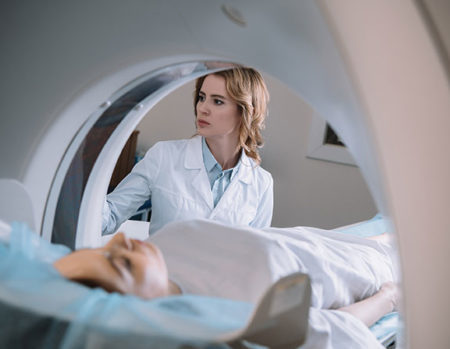 Our patients can receive MRI imaging onsite at both our Louisville and New Albany Clinics.
Our patients can receive MRI imaging onsite at both our Louisville and New Albany Clinics. Providing the latest advances in orthopedic surgery is our specialty.
Providing the latest advances in orthopedic surgery is our specialty.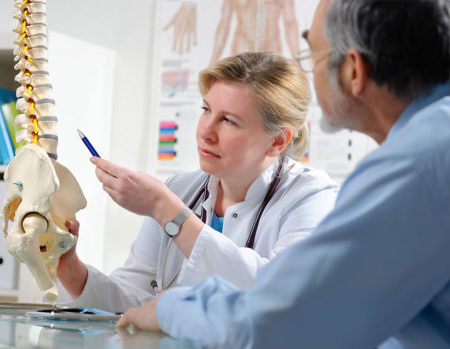 We take a unique, multidisciplinary approach to pain management.
We take a unique, multidisciplinary approach to pain management.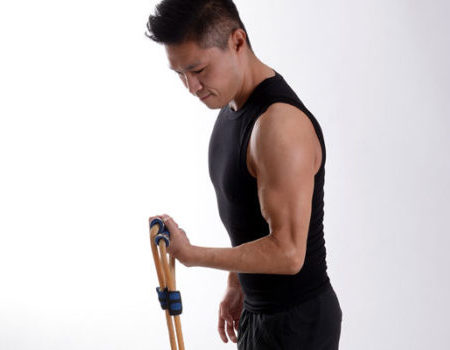 Our physical therapists use advanced techniques to help restore strength and mobility.
Our physical therapists use advanced techniques to help restore strength and mobility. 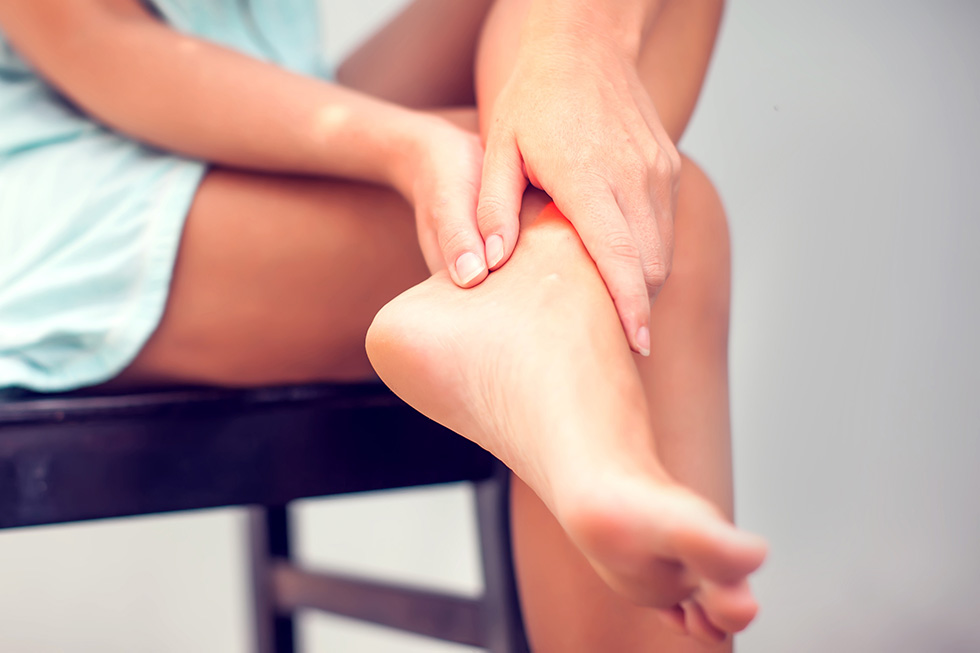 We provide comprehensive, conservative care for a wide variety of foot and ankle conditions.
We provide comprehensive, conservative care for a wide variety of foot and ankle conditions.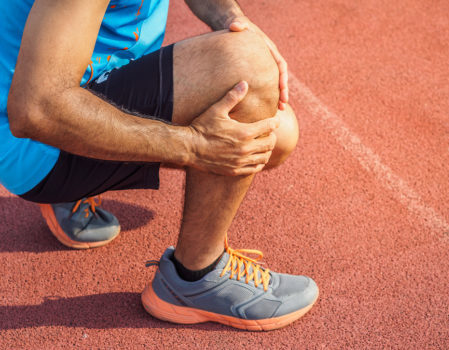 We offer same- and next-day care to patients with acute injuries.
We offer same- and next-day care to patients with acute injuries.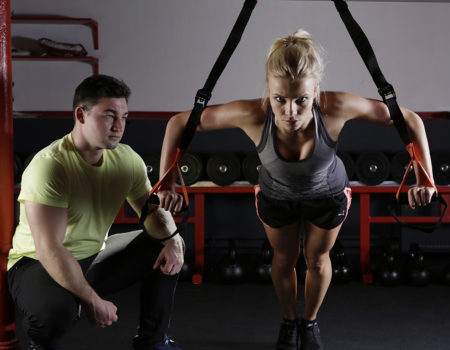 Get back in the game with help from our sports medicine specialists.
Get back in the game with help from our sports medicine specialists. 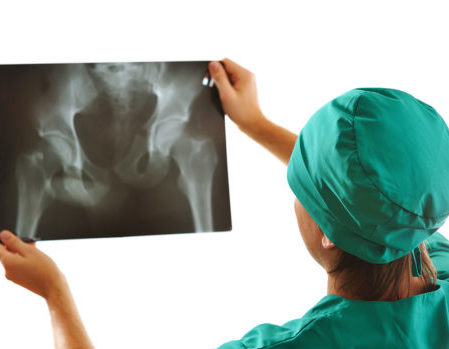 Our centers are equipped with a state-of-the-art digital X-ray machine.
Our centers are equipped with a state-of-the-art digital X-ray machine.